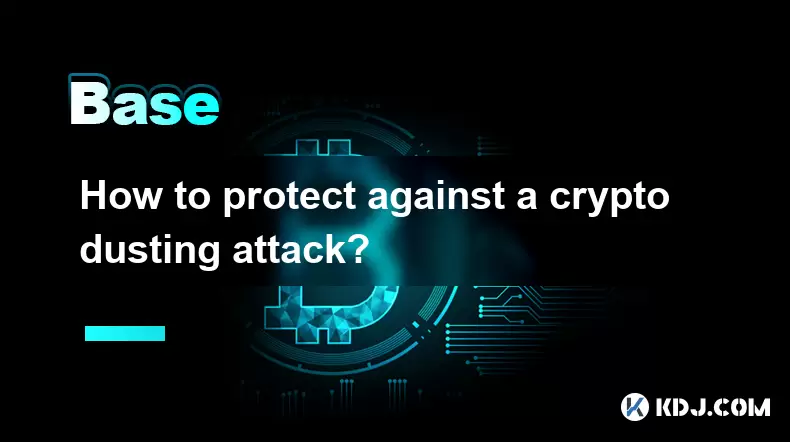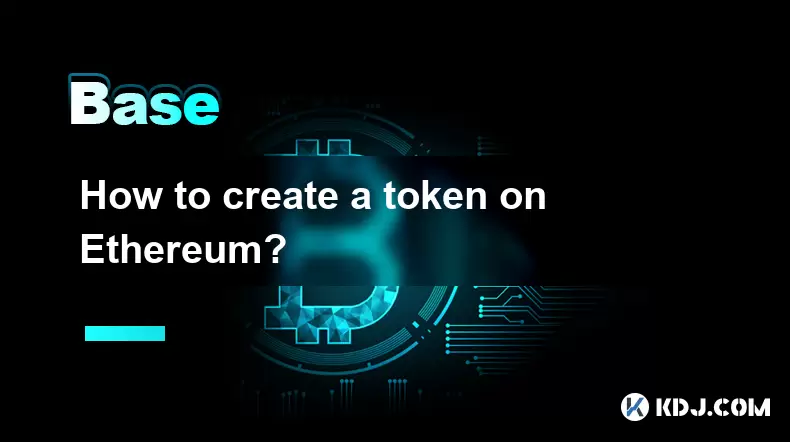-
 Bitcoin
Bitcoin $118100
0.44% -
 Ethereum
Ethereum $3765
5.84% -
 XRP
XRP $3.498
3.12% -
 Tether USDt
Tether USDt $1.000
0.00% -
 BNB
BNB $753.2
3.41% -
 Solana
Solana $181.7
3.58% -
 USDC
USDC $0.9999
0.01% -
 Dogecoin
Dogecoin $0.2704
12.75% -
 Cardano
Cardano $0.8684
5.85% -
 TRON
TRON $0.3151
-0.86% -
 Hyperliquid
Hyperliquid $46.06
4.51% -
 Stellar
Stellar $0.4695
2.48% -
 Sui
Sui $3.910
3.18% -
 Chainlink
Chainlink $19.36
6.65% -
 Hedera
Hedera $0.2750
3.99% -
 Bitcoin Cash
Bitcoin Cash $544.6
6.31% -
 Avalanche
Avalanche $25.12
3.69% -
 Shiba Inu
Shiba Inu $0.00001559
5.40% -
 Litecoin
Litecoin $116.8
5.10% -
 UNUS SED LEO
UNUS SED LEO $8.991
0.05% -
 Toncoin
Toncoin $3.283
2.79% -
 Polkadot
Polkadot $4.509
3.97% -
 Uniswap
Uniswap $10.67
6.58% -
 Ethena USDe
Ethena USDe $1.001
-0.01% -
 Monero
Monero $323.2
0.48% -
 Pepe
Pepe $0.00001410
6.37% -
 Bitget Token
Bitget Token $4.964
1.93% -
 Dai
Dai $0.9998
-0.01% -
 Aave
Aave $326.2
3.85% -
 Bittensor
Bittensor $421.8
2.46%
How to protect against a crypto dusting attack?
A crypto dusting attack involves sending tiny amounts of cryptocurrency to track and deanonymize wallet users, compromising privacy and potentially enabling phishing or scams.
Jul 20, 2025 at 07:43 am

Understanding What a Crypto Dusting Attack Is
A crypto dusting attack occurs when malicious actors send minuscule amounts of cryptocurrency—referred to as "dust"—to numerous wallet addresses. The primary motive behind such attacks is tracking and deanonymizing users. Although the amount of dust sent is usually insignificant, the act of receiving it can expose wallet activity if the user unknowingly spends it in a transaction.
Dust is typically defined as an amount too small to be worth transferring or using, often below the transaction fee required to move it. When users consolidate these small amounts with other funds, attackers can trace the transaction paths and potentially link multiple addresses to a single entity. This can compromise privacy and anonymity on the blockchain.
How Attackers Benefit from Dusting Attacks
The main goal of dusting attacks is surveillance and identity mapping. By observing how dust moves across the blockchain, attackers can map transaction graphs and identify wallet owners. This is especially dangerous for individuals or organizations that rely on blockchain anonymity for privacy or security reasons.
Attackers may also attempt social engineering by contacting victims under the guise of offering assistance, tricking them into revealing personal information or transferring larger amounts of cryptocurrency. In some cases, these attacks are used to test wallet behaviors or to identify high-value targets for more sophisticated phishing or hacking attempts.
Recognizing Dust in Your Wallet
Identifying dust in your wallet is crucial for protecting your assets. Most cryptocurrency wallets and blockchain explorers display transaction details, including the amount received and the transaction fee. Dust typically appears as a tiny balance that you did not request or recognize.
Some wallets have features that flag suspicious transactions or alert users to dusting attempts. Always review incoming transactions carefully, especially if they come from unknown addresses. If you notice multiple small deposits across different cryptocurrencies, it could be a sign of a coordinated dusting campaign.
Steps to Protect Against Dusting Attacks
- Avoid spending dust: The most effective way to prevent tracking is to never use or consolidate dust with other funds. Spending dust allows attackers to trace its movement and potentially link your addresses.
- Use wallet features that isolate dust: Some wallets offer tools to mark or isolate small balances, preventing them from being used in future transactions automatically.
- Enable address reuse protection: Reusing the same wallet address increases the risk of being targeted. Use new addresses for each transaction to reduce traceability.
- Utilize privacy-focused wallets: Wallets that support CoinJoin, PayNyms, or other privacy-enhancing features can obscure transaction trails and protect against tracking.
- Monitor wallet activity regularly: Use blockchain explorers or wallet tools to audit incoming transactions and detect suspicious activity early.
What to Do If You’ve Been Targeted
If you suspect your wallet has been targeted in a dusting attack, do not interact with the dust. Avoid consolidating it with other funds or sending it to another wallet. Doing so could expose your transaction history to attackers.
You can flag the dust in your wallet if your wallet software allows it. This prevents the system from using those funds in future transactions. If your wallet doesn’t have this feature, consider migrating to a new wallet and transferring only the clean funds, leaving the dust behind.
In some cases, attackers may follow up with phishing emails or messages pretending to offer help. Be cautious of unsolicited communications and never share your private keys or recovery phrases with anyone.
Additional Precautions for Enhanced Security
- Use hardware wallets: Storing funds in offline hardware wallets reduces the risk of exposure to network-based tracking.
- Stay informed about wallet updates: Developers often release updates to counter new attack vectors. Keeping your wallet software up to date ensures protection against emerging threats.
- Educate yourself on blockchain analytics: Understanding how blockchain tracking works helps you make informed decisions about fund management and transaction behavior.
- Participate in privacy communities: Engaging with privacy-focused cryptocurrency communities can provide insights into new tools and best practices for securing your assets.
Frequently Asked Questions
Q: Can dusting attacks steal my cryptocurrency directly?
No, dusting attacks cannot directly steal your cryptocurrency. They are designed to track and deanonymize wallet activity rather than extract funds. However, they may be part of a broader strategy to target you for phishing or other scams.
Q: Is it safe to ignore dust in my wallet?
Yes, it is safe to ignore dust as long as you do not attempt to spend or consolidate it. Leaving it untouched prevents attackers from tracing your transaction behavior.
Q: How can I check if my wallet has been dusted?
You can check your wallet by reviewing incoming transactions for unrecognized small amounts. Some wallets also provide alerts or tools to identify dusting attempts.
Q: Are all small transactions considered dusting attacks?
No, not all small transactions are malicious. Some are test transactions, change outputs, or promotional tokens. However, repeated small deposits from unknown sources may indicate a dusting attempt.
Disclaimer:info@kdj.com
The information provided is not trading advice. kdj.com does not assume any responsibility for any investments made based on the information provided in this article. Cryptocurrencies are highly volatile and it is highly recommended that you invest with caution after thorough research!
If you believe that the content used on this website infringes your copyright, please contact us immediately (info@kdj.com) and we will delete it promptly.
- Cardano (ADA) Price Surges Amid Bitcoin ATH Buzz: What's Next?
- 2025-07-21 12:30:11
- Bitcoin, UK, and Sale: Decoding the Crypto Buzz in Britain
- 2025-07-21 12:30:11
- Ethereum NFT Torch: Celebrating 10 Years of Innovation
- 2025-07-21 12:50:12
- Bitcoin, Ethereum, Crypto Rebound: Is the Bull Back in Town?
- 2025-07-21 12:50:12
- Binance, Seed Tag, and Tokens: What's the Buzz?
- 2025-07-21 12:55:12
- Coinbase, Crypto, and Legislation: A New Financial Era?
- 2025-07-21 13:10:11
Related knowledge

What is the difference between a sidechain and a Layer 2?
Jul 20,2025 at 11:35pm
Understanding the Concept of SidechainsA sidechain is a separate blockchain that runs parallel to the main blockchain, typically the mainnet of a cryp...

What is the Inter-Blockchain Communication Protocol (IBC)?
Jul 19,2025 at 10:43am
Understanding the Inter-Blockchain Communication Protocol (IBC)The Inter-Blockchain Communication Protocol (IBC) is a cross-chain communication protoc...

How does sharding improve scalability?
Jul 20,2025 at 01:21am
Understanding Sharding in BlockchainSharding is a database partitioning technique that is increasingly being adopted in blockchain technology to enhan...

What is the "crypto trilemma" of scalability, security, and decentralization?
Jul 19,2025 at 06:28pm
Understanding the Concept of the Crypto TrilemmaThe crypto trilemma refers to the challenge of simultaneously achieving scalability, security, and dec...

What is a cliff and vesting schedule in tokenomics?
Jul 20,2025 at 10:28am
What Does a Cliff Mean in Tokenomics?In tokenomics, a cliff refers to a specific period during which token holders are not allowed to access or transf...

How to create a token on Ethereum?
Jul 21,2025 at 02:07pm
Understanding the Basics of Ethereum TokensBefore diving into the process of creating a token on Ethereum, it's crucial to understand what Ethereum to...

What is the difference between a sidechain and a Layer 2?
Jul 20,2025 at 11:35pm
Understanding the Concept of SidechainsA sidechain is a separate blockchain that runs parallel to the main blockchain, typically the mainnet of a cryp...

What is the Inter-Blockchain Communication Protocol (IBC)?
Jul 19,2025 at 10:43am
Understanding the Inter-Blockchain Communication Protocol (IBC)The Inter-Blockchain Communication Protocol (IBC) is a cross-chain communication protoc...

How does sharding improve scalability?
Jul 20,2025 at 01:21am
Understanding Sharding in BlockchainSharding is a database partitioning technique that is increasingly being adopted in blockchain technology to enhan...

What is the "crypto trilemma" of scalability, security, and decentralization?
Jul 19,2025 at 06:28pm
Understanding the Concept of the Crypto TrilemmaThe crypto trilemma refers to the challenge of simultaneously achieving scalability, security, and dec...

What is a cliff and vesting schedule in tokenomics?
Jul 20,2025 at 10:28am
What Does a Cliff Mean in Tokenomics?In tokenomics, a cliff refers to a specific period during which token holders are not allowed to access or transf...

How to create a token on Ethereum?
Jul 21,2025 at 02:07pm
Understanding the Basics of Ethereum TokensBefore diving into the process of creating a token on Ethereum, it's crucial to understand what Ethereum to...
See all articles

























































































